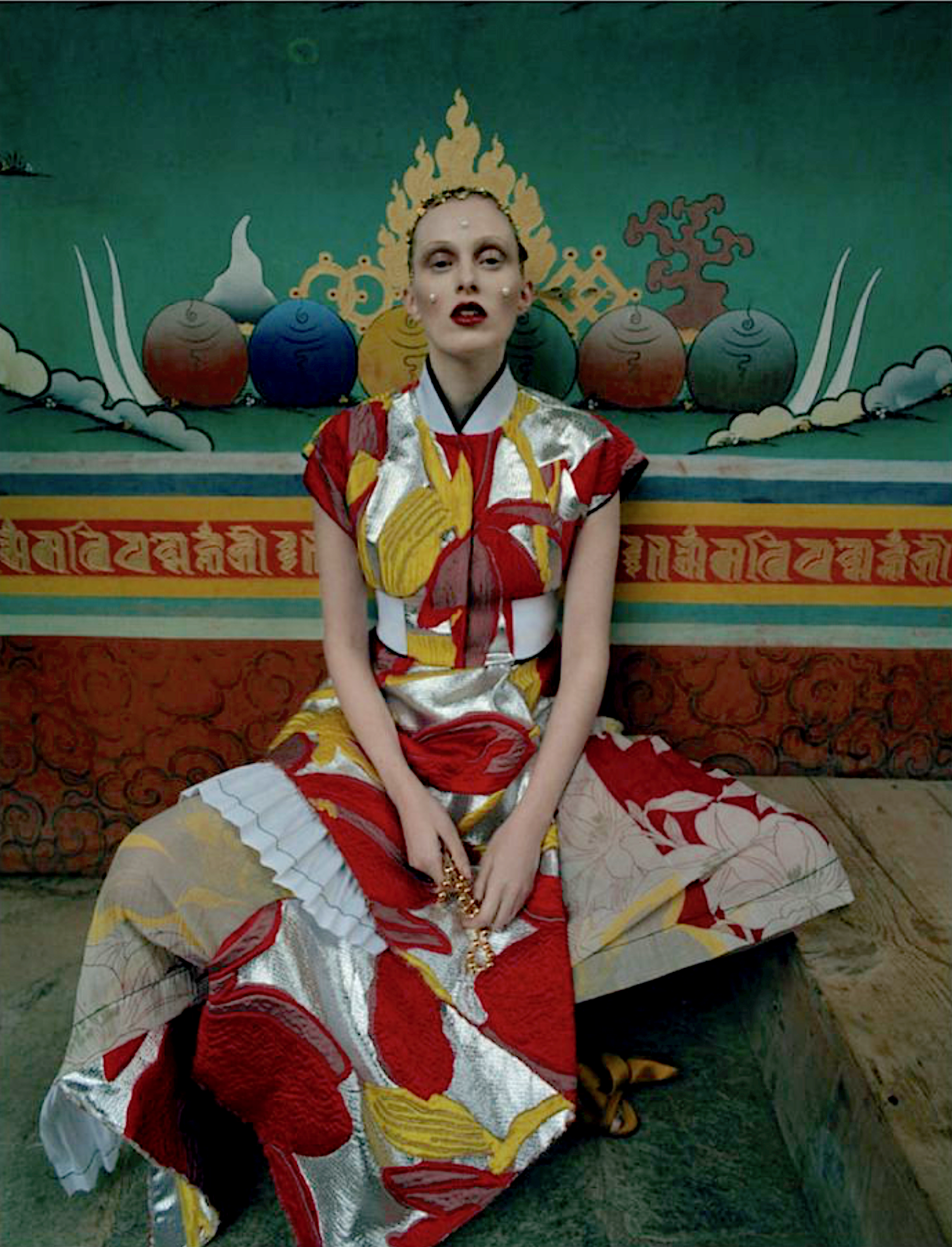Eye | Berlin Light Show Will Commemorate The End Of Berlin Wall | South African Textiles That Bear Witness
/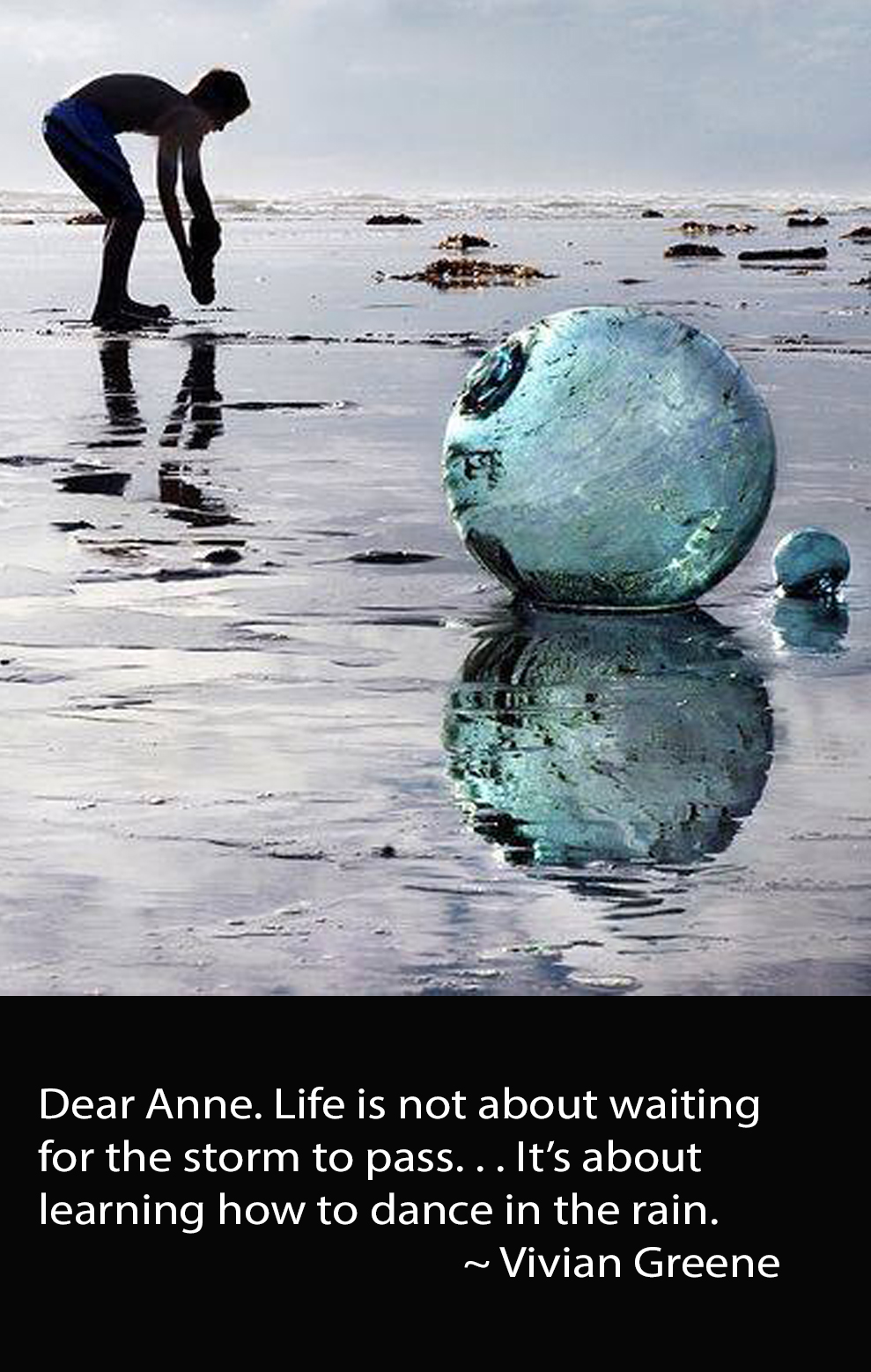 DesignTracker
DesignTracker
Berlin Wall 25-Years Later
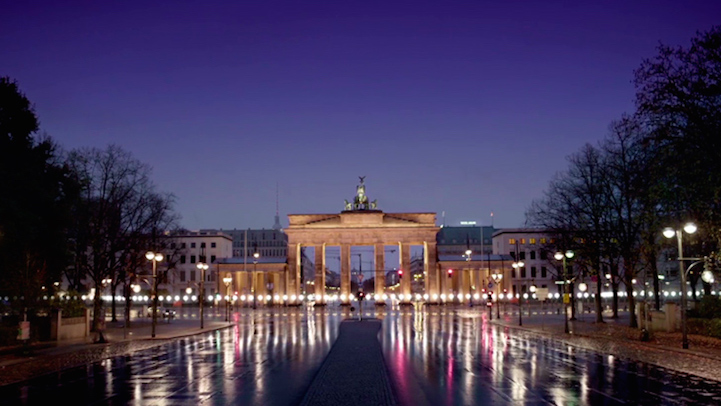 Germany will celebrate the 25th anniversary of tearing down the infamous Berlin Wall, a 10 mile concrete and barbed wire structure built in 1961 to divide the city with an installation of 8,000 glowing white balloons that will be set up for two days.
Germany will celebrate the 25th anniversary of tearing down the infamous Berlin Wall, a 10 mile concrete and barbed wire structure built in 1961 to divide the city with an installation of 8,000 glowing white balloons that will be set up for two days.
Light artist Christopher Bauder and filmmaker Marc Bauder designed ‘Lichtgrenze’ to commemorate the reunification of the city. Writes MyModernMet:
At six key locations along the route, Lichtgrenze will display historical footage of life during the Berlin Wall’s presence. Visitors will also find that every 500 feet features personal stories and memories of people who lived on both sides of barrier, or whose lives were affected by it in some way.
Patrons of the balloons will attach personal messages to the glowing orbs, then send the dazzling, biodegradable display into the night sky at 7pm on November 9. ‘Lichtgrenze’ will go live in the middle of the night on November 7.
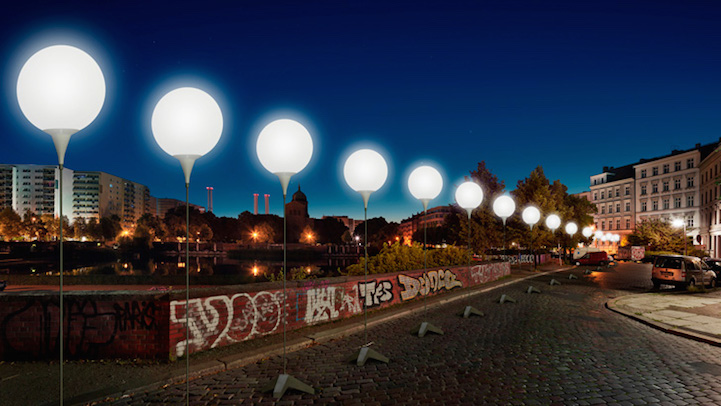
Queen Elizabeth Takes Her First Tweet
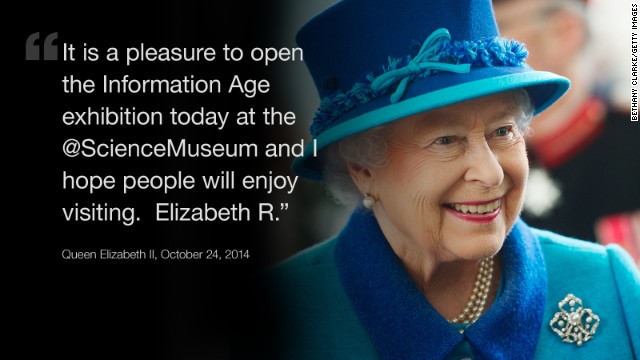
Queen Elizabeth joined grandsons William and Harry in the digital age, sending her first tweet, while opening a new exhibition at the Science Museum in London.
More than 200 years of innovation in communication and information technologies are celebrated in Information Age: Six Networks That Changed Our World, our biggest and most ambitious gallery to date.
Information Age is divided into six zones, each representing a different information and communication technology network: The Cable, The Telephone Exchange, Broadcast, The Constellation, The Cell and The Web.
South African Textiles That Bear Witness
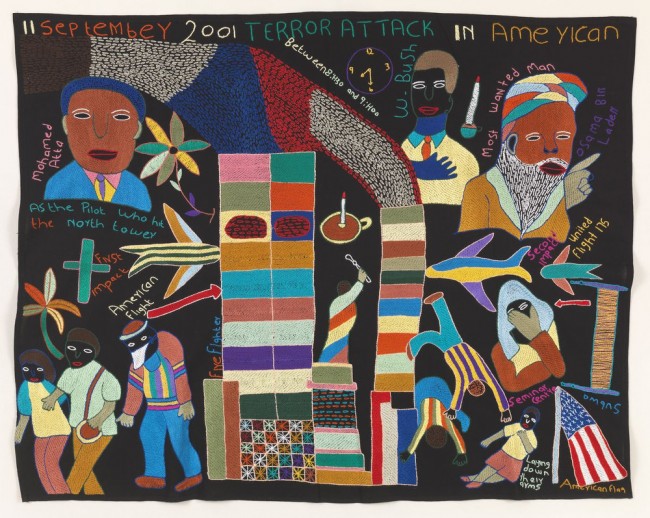 Pinky Resenga, “Embroidered Textile,” 2001 or 2002. Cotton, Acrylic, Thread. The Mapula Embroidery Project, Winterveld, Gauteng, South Africa. Fowler Museum at UCLA X2011.8.19; Gift of William H. Worger and Nancy L. Clark.
Pinky Resenga, “Embroidered Textile,” 2001 or 2002. Cotton, Acrylic, Thread. The Mapula Embroidery Project, Winterveld, Gauteng, South Africa. Fowler Museum at UCLA X2011.8.19; Gift of William H. Worger and Nancy L. Clark.
UCLA‘s Fowler Museum invites you to observe the history of post-apartheid South Africa through a forthcoming textile exhibit titled “Bearing Witness.”
Organized by Gemma Rodrigues, Curator of African Arts at Fowler Museum, the event will run from September 7th to December 7th. See the showcase description below:
Artists from two community art groups—The Mapula Embroidery Project, founded in 1991 in the Winterveldt area outside Pretoria, and Kaross Workers, founded in 1989 on a citrus farm in Limpopo Province—have for several decades used the art of embroidery to express views on diverse issues affecting life in South Africa. See a selection of these fantastically-hued pictorial embroideries—all produced circa 2000, six years after the demise of apartheid—which reveal the deeply political imaginations that have inspired them.
The topics depicted by the artists speak eloquently of historical events as well as of their own personal experiences. The joyous advent of Mandela’s 85th birthday; questioning of traditional gender roles; the scourge of HIV/AIDS and other public health issues; and current affairs and global happenings in places as far afield as New York City—all are the subjects of these lyrical yet socially engaged tableaux. People, animals, trees, and buildings embroidered in lilac, green, yellow, and red—colors chosen for their tonal harmonies and sparkling contrast—populate intricate narratives that pulse with life.
Bob Marley By Odeith
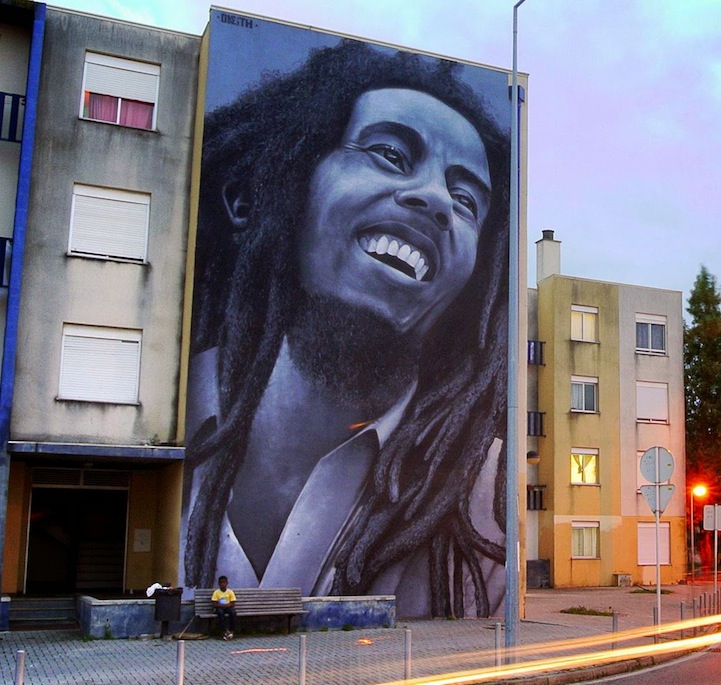 Portuguese street artist Odeith has taken street art to a new level after picking up his first can of spray paing in the 1980s.
Portuguese street artist Odeith has taken street art to a new level after picking up his first can of spray paing in the 1980s.
Odeith recently created this amazing tribute to Bob Marley in Quinta do Mocho in Portugal. The enormous, remarkably complex mural is an extraordinary, monochromatic portrayal of the legendary singer towering above the residents.
Reflecting on his work, Odeith says: “For years most of my paintings had a message to society because I thought I could change the World. Now I don’t care about it—I just want to change my life before the World changes me.” via
Time For An Anger Management Class
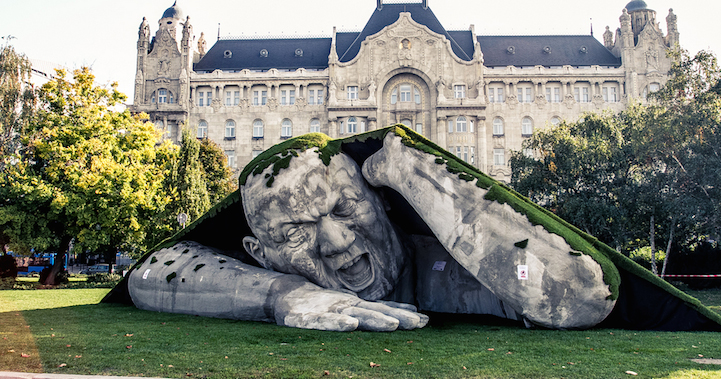
Hungarian artist Ervin Loránth Hervé’s temporary installation of a giant, polystyrene man crawling out from the earth was a big hit at Art Market Buadpest earlier in October. Funzine interviewed the artist who expressed surprise over the response to his work:
I wasn’t expecting this level of success. I think it’s safe to say that it was a success. We’ve haven’t encountered any hostility so far. I knew that foreigners would be much more open to it and more accepting of it, since there are gigantic contemporary sculptures in many cities of the world, but I wasn’t expecting that the Hungarian audience would be so appreciative of it. Especially considering that the sculpture is located at a spot where it’s surrounded by historical monuments.

